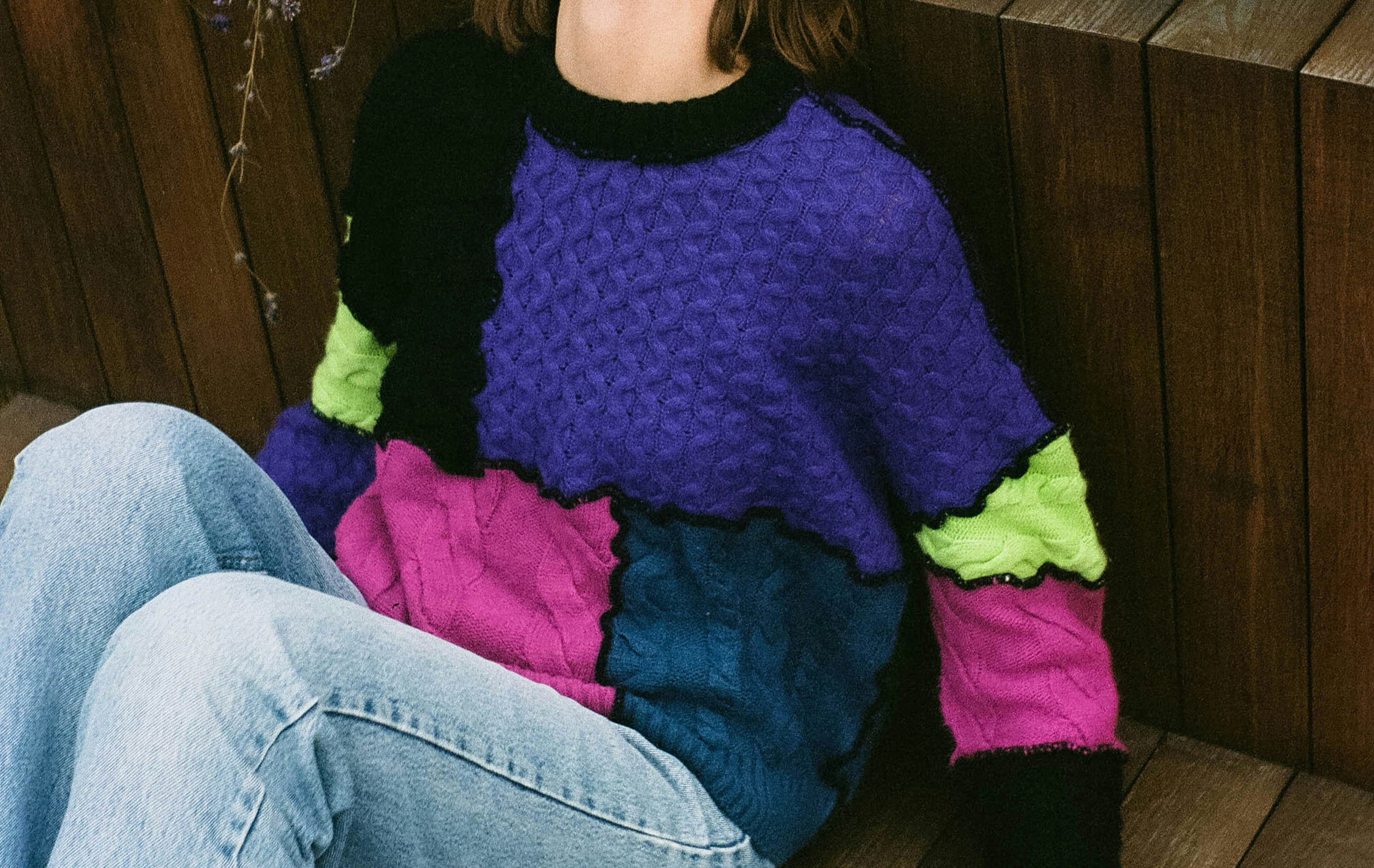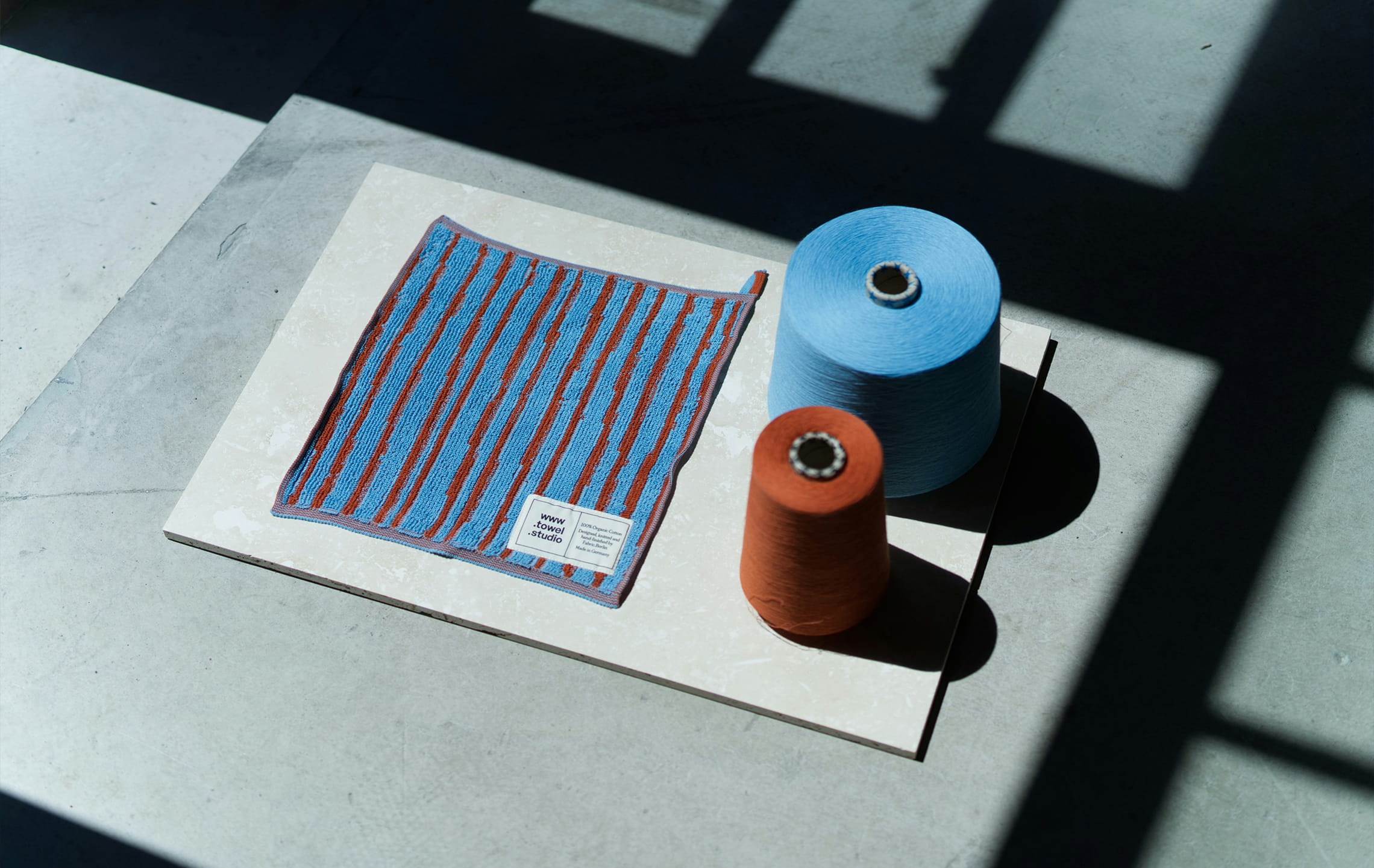Bamboo has a short growth period, 2-3 years to become a timber, a planting long-term business, it can grow and renew quickly, can replace cotton, wood and other resources to achieve sustainable use.
Bamboo fiber is usually made into textiles through chemical processing and weaving process. Bamboo fiber has a soft, smooth texture and is often used to make clothing, home furnishings and textiles. Due to its natural properties, textiles made of bamboo fiber usually have good breathability and comfort.
But is bamboo fiber really environmentally friendly?
Some bamboo fibers require the addition of viscose spinning liquid during the production process, and the production of viscose involves a large number of chemicals such as sodium hydroxide, which is harmful to the environment when disposing of chemical effluents.
Therefore not all bamboo fiber products are environmentally friendly.
Fabric Classification:
Bamboo fiber fabrics can be divided into bamboo fiber is divided into two categories, which are natural bamboo fiber and chemical bamboo fiber.
Natural bamboo fiber a bamboo fiber:
Is the use of physical, chemical combination of methods directly from the bamboo extract extracted from the fiber, belonging to the natural fiber.
It is a natural fiber. It is called “the real sense of natural environmental protection green fiber”.
Chemical bamboo fiber, bamboo pulp fiber, bamboo charcoal fiber
Bamboo pulp fiber is dissolved into viscose-like bamboo pulp through chemical methods, wet spinning made of fibers. Most of the bamboo fiber products on the market are bamboo pulp fiber.
Bamboo Charcoal Fiber is made of nano-sized bamboo charcoal powder, which is added into viscose through a special process. It has the function of high breathability and high moisture absorption.
Fabric Characteristics
- Good moisture absorption and breathability
Bamboo pulp fiber is a regenerated cellulose fiber, its structure is porous network structure, and has more hydrophilic groups, has good moisture absorption, in the standard state of the moisture regain rate of 13%, the moisture absorption rate of the fiber in the first. This makes bamboo fiber in the hot season or high temperature environment can quickly absorb sweat on the surface of the body to keep the skin dry and comfortable. At the same time, its good air permeability also helps to keep the inside of the clothes ventilated and improve wearing comfort.
- Good anti-bacterial properties
Bamboo pulp fiber comes from bamboo and contains a natural substance known as bamboo quinone, which has antibacterial and mite-removing properties. Therefore, bamboo fiber has natural antibacterial properties, is not easy to breed bacteria, effectively reduces the possibility of clothing odor, and does not cause allergic reactions to the skin. This makes bamboo fiber clothing easier to clean and maintain, and reduces reliance on chemical antimicrobial agents.
- Excellent dyeing performance and dyeing rate
Due to the porous mesh structure and low crystallinity of bamboo pulp fibers, they are able to quickly absorb reactive dyes, resulting in excellent dyeing performance and dyeing rates during the dyeing process. This provides textile manufacturers with more dyeing options and allows fabrics made from bamboo fibers to exhibit color permanence and stability in terms of color vibrancy and color fastness.

 English
English Deutsch
Deutsch Français
Français Italiano
Italiano Español
Español Русский
Русский Polski
Polski Nederlands
Nederlands Svenska
Svenska

